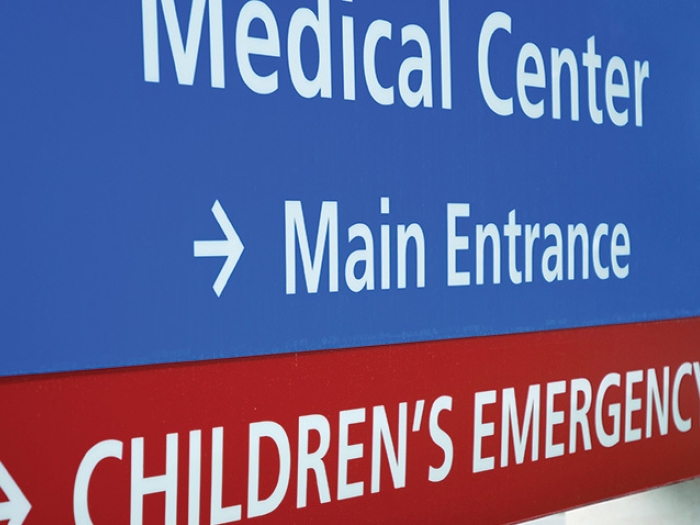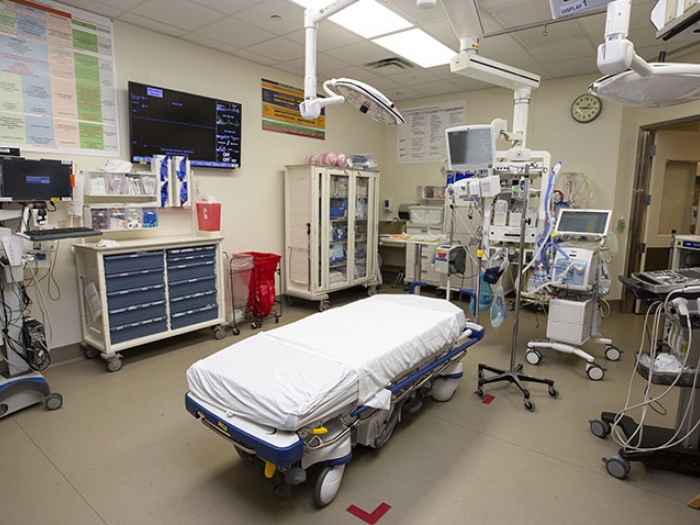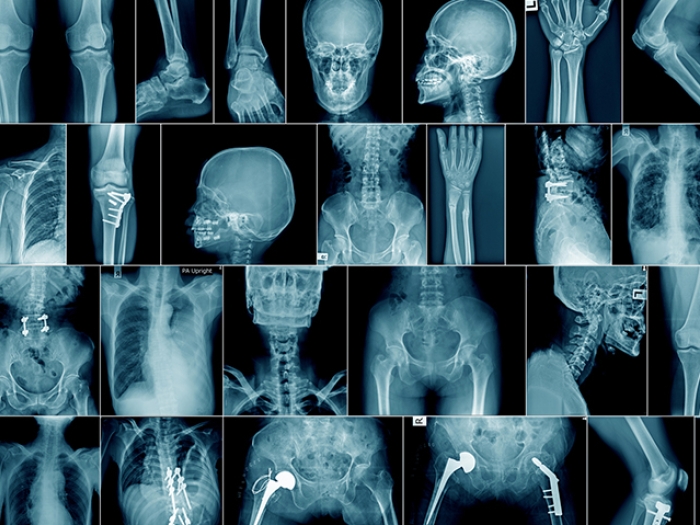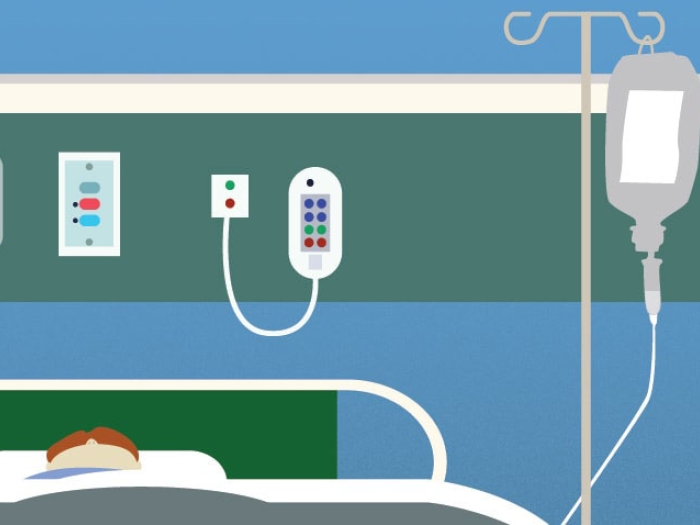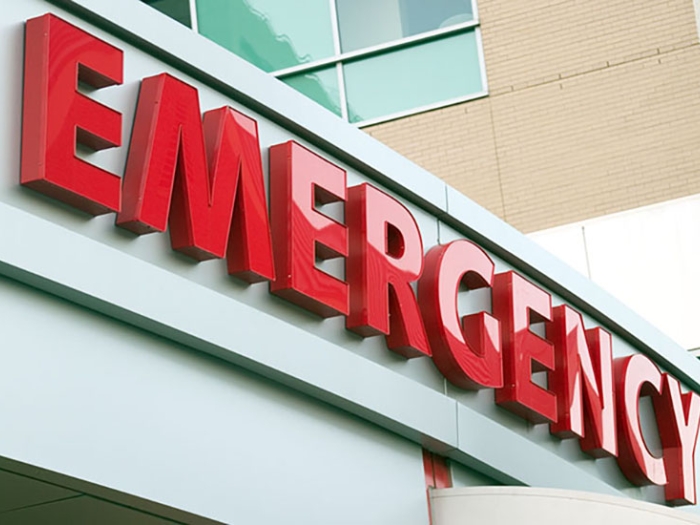All facets of a health care system must be trained and ready for patients after a major crisis. A U-M study examines one hospital’s best practices.
7:00 AM
Author |

Hope for the best. Prepare for the worst.
Few know the adage better than health care leaders who are increasingly focused on crisis and emergency preparedness.
SEE ALSO: Syrian Hospital Bombing Highlights Plight of Medical Teams in Conflict Zones
Which is why hospital responses to tragedies are studied in hindsight to glean best practices and lessons learned so that they might be applied in future circumstances.
Doctors at the University of Michigan recently partnered with Taiwanese colleagues at Chang Gung Memorial Hospital for one such study that explored the response of Taiwan's largest hospital to a 2015 incident that made international headlines: an amusement park fire that injured nearly 500 people, many severely.
"This was a tragic, high-profile event, unmatched by any other disasters that we've seen in the literature about severe burn injuries — but it demonstrated the efficiency of the Taiwanese disaster-preparedness program," says Kevin Chung, M.D., who as chief of hand surgery at U-M, led the study.
Published in the June 2016 issue of Plastic and Reconstructive Surgery, Chung's paper examines how thoughtful emergency planning at Chang Gung Memorial Hospital in Taipei saved lives. It also provides critical insights that could have broad implications for hospitals everywhere.
Says Chung: "We wanted to share our collective understanding of a unique situation."
Here are some of the key takeaways from the report:
Crises often come without warning. The fire occurred on June 27, 2015, during an evening concert at Taiwan's Formosa Fun Coast water park. The apparent cause: a fine color powder dispersed over the crowd that somehow ignited, engulfing attendees in flames.
SEE ALSO: Just 5% of Patients Account for a Third of ICU Time
In all, 499 people were injured and treated among 48 hospitals. Chang Gung ultimately received 49 patients, 17 of whom suffered burns across more than 50 percent of their bodies, according to the report.
Communication is key. The explosion occurred at 8:30 p.m. Within minutes, Taiwan's national Emergency Operations Center was working to coordinate ambulance services across a network of hospitals in several cities.
"A key component of the successful response was the Ministry of Health and Welfare's immediate initiation of Taiwan's mass casualty management system," Chung's paper says. "They [the Emergency Operations Center] personally contacted the burn units and intensive care units of these hospitals, notifying them of the expected arrival of mass burn casualty patients."
Team-based treatment works. After being notified of the crisis, Chang Gung mobilized more than 330 doctors, nurses, paramedics and administrators. Designated medical teams of surgeons, residents and nurses were assigned — about eight to 10 staff members per patient, depending on need.
"The assignment of specific medical teams … was a significant component of the hospital's prompt disaster response," the authors wrote. "These techniques allow patients to be triaged quickly within the hospital and transferred to intensive care units accordingly to receive further medical care."
Practice pays off. Coincidentally, just five days before the disaster, Chang Gung hospital leaders staged a practice drill of a hypothetical chemical explosion scenario as part of a Joint Commission International accreditation process. When real-life disaster struck, then, roles and responsibilities were well-known.
"Because they'd gone through this drill, it was still fresh in everyone's mind," Chung says. "Without planning, there is absolutely no way that any institution could manage the number of patients they absorbed and treat them successfully."
Planning saves lives. Among the 499 victims across the involved hospitals, there were 12 fatalities; none occurred within the first 48 hours. Of the 49 victims treated at Chang Gung, two died. Given the scope of the situation, such low numbers reflected the efficacy of existing procedures.
"The mortality rate for this kind of severe burns is typically extraordinarily high — above 50 percent — so their outcomes were incredible, given the circumstances," Chung says. "The successful evacuation in Taiwan demonstrates that effective management methods can be competent in situations with a drastically larger number of trauma patients than previously anticipated."

Explore a variety of healthcare news & stories by visiting the Health Lab home page for more articles.

Department of Communication at Michigan Medicine
Want top health & research news weekly? Sign up for Health Lab’s newsletters today!
